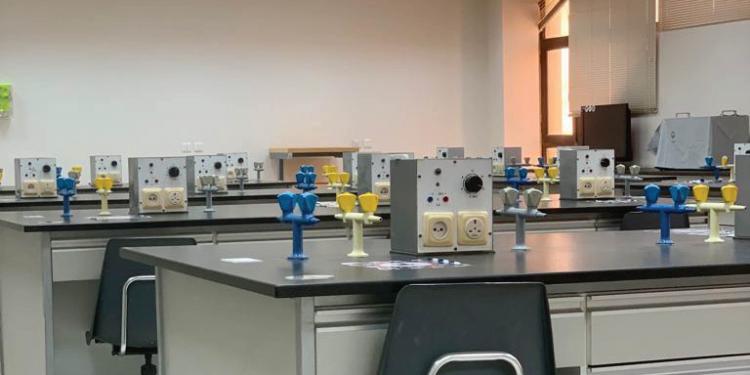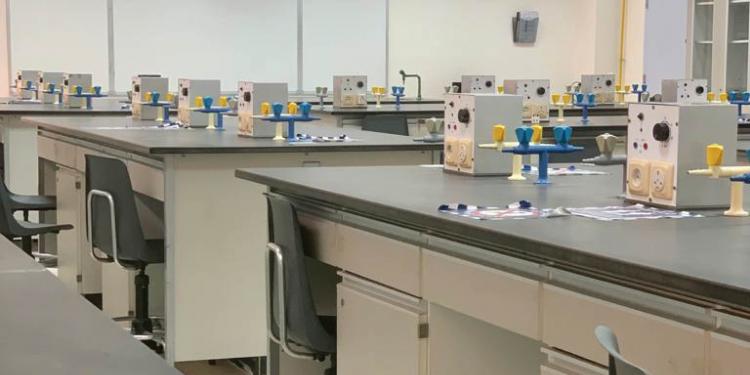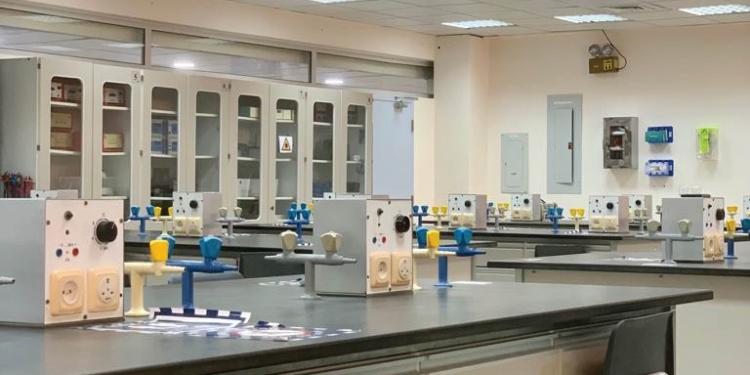SF (10 -11)
Objectives
- Studying X-ray diffraction by using crystallize sodium chloride and calculating Planck's constant and the law Duane - Hunt.
- Study and determine the magnetic susceptibility.
- Studying the Photoelectric effect.
- Measuring the temperature-dependency of PTC and NTC resistors.
- Investigate Bragg reflection at an NaCl Monocrystal using the characteristic x-ray radiation of molybdenum.
- Determine the wavelength for the characteristic Ka and Kb x-ray radiation of molybdenum, confirm Bragg’s law of reflection and verify the wave nature of x-rays.
Applications
Investigating the attenuation of x rays as a function of the absorber material/ Investigating the attenuation of x rays as a function of the absorber thickness / The diffraction of X rays by a crystal (Bragg Diffraction) / Duane – Hunt relation and determination of Planck’s constant / Magnetic susceptibility / Photoelectric Cell / Thermistor/ Bragg Diffraction .
Tools and Devices
- X- rays device / Absorbers of different materials, d= 0.05 cm / Absorbers of different thicknesses Al (13) / NaCl crystal / Computer.
- Electromagnet (Bored pole pieces, pair / U-core with yoke /Mains coil, 500 turns(/ powder of a subactance / Thermometer / POWER SUPPLY / Glass tube its diameter 0.7 cm.
- DC Current Amplifier / DC Power Supply I (Constant Voltage) / Photoelectric / Mercury Light Source / Optical Filters.
- Thermistor (NTC & PTC) / Resistor 4.7 kΩ / Thermometer / Heater/Hotplate / Ammeter/ Voltmeter/ Power supply (DC) / Beaker.
- X rays apparatus – NaCl crystal – Computer.






